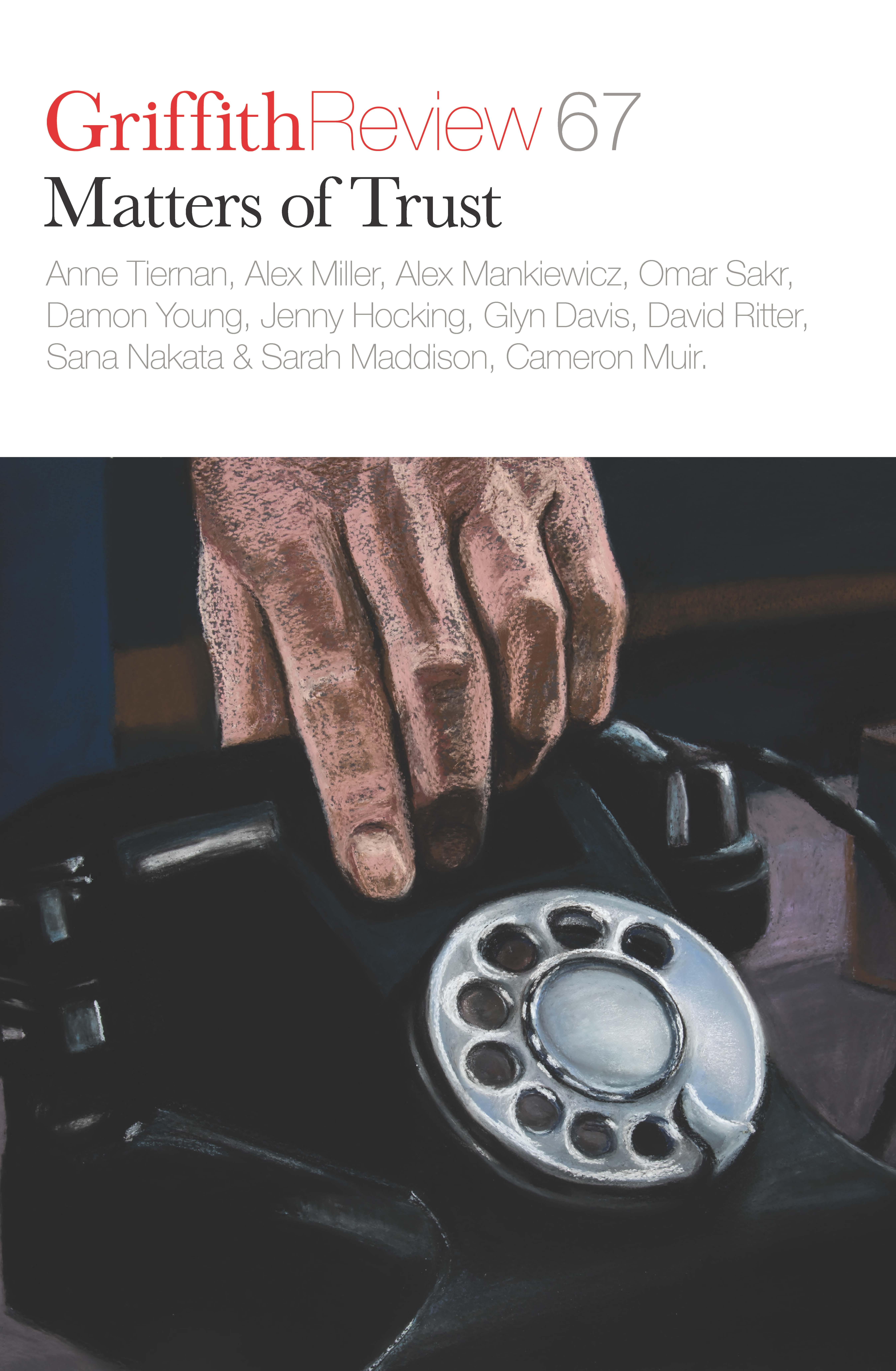By MARK PEARSON
Truthteller: An Investigative Reporter’s Journey through the World of Truth Prevention, Fake News and Conspiracy Theories, Stephen Davis (2019)
Dunedin and Chatswood: Exisle Publishing, 264 pp.,
ISBN 978-1-92533-589-7, p/bk, USD 29.99
[This review was first published in Australian Journalism Review, Volume 41, Issue 2, 2019]
Timing of the publication of the page-turning paperback Truthteller could not have been better, with the subsequent Australian Federal Police raids on the ABC offices and News Corporation journalist Annika Smethurst’s home offering a haunting currency to many of its themes.
 Former journalism educator at Macleay College, Stephen Davis, has seen the craft from all angles over an impressive career as investigative reporter on the Sunday Times’ Insight team, producer for 60 Minutes, and editor of the New Zealand Herald.
Former journalism educator at Macleay College, Stephen Davis, has seen the craft from all angles over an impressive career as investigative reporter on the Sunday Times’ Insight team, producer for 60 Minutes, and editor of the New Zealand Herald.
Three decades of reporting international wars, espionage, crime and intrigue make for a riveting read as Davis reveals the lengths to which governments and agencies and their functionaries will go to mislead and deceive the media when they have something to hide.
Davis structures Truthteller into an introduction and conclusion plus 10 chapters taken from the ‘toolbox for lies and deception’ – each centred on a case study from his reporting career where the authorities have used a different technique of spin or outright censorship.
Highlights include:
-
The UK Government’s cover up of the truth behind British Airways flight BA149 which was given permission to land in Kuwait with 367 passengers in 1990 despite the Iraqi invasion of that nation having already commenced. The passengers were subsequently used as human shields by the Iraqis but the British government denied them compensation despite evidence the flight had been landed to deploy a troop of undercover special forces operatives;
-
The world exclusive that oil giant BP was using a Brazilian subsidiary to rape huge swathes of Amazonian rainforest and the subsequent attacks by authorities on Davis’s prime NGO source in a classic case of shooting the messenger rather than addressing the problem; and
-
The multi-government conspiracy to cover up the real reasons for the 1994 sinking of the ferry Estonia in the Baltic Sea with the loss of 852 passengers and crew amidst allegations that the captain had been whisked away and that the ship had been carrying Russian arms.
Davis’s ‘toolbox’ of techniques used by governments and big corporates include character assassination, targeting sources, generating alternative theories, delay, distance, cover-ups, legal suppression, secret deals and media manipulation.
His stated aim is “to inspire truth seekers of the future, because the battle between those seeking to expose the truth and those seeking to prevent it is an unequal struggle”. Sadly, I could not find much inspiration in the dark picture Davis paints in his case studies, most of which remain clouded in the confusing mystery of spin despite the best efforts of some of the world’s best investigative teams.
The book’s subtitle ‘An investigative reporter’s journey through the world of truth prevention, fake news and conspiracy theories’ promises to shed light on false news in the modern ‘post truth’ era. However, while Davis offers some insights into bots and trolling and a short chapter on the 2017 fake news conspiracy theory about a secret anti-Trump society in the FBI, the bulk of the book is centred on analogue media manipulation from the 1990s and early 2000s when Davis was doing most of his international reporting.
There is a paucity of references and a gimmicky technique of listing random other news items from the particular case study’s news day at the start of each chapter which contribute to the impression it is a popular read rather than a worthy set text or reference work.
Nevertheless, it is a fascinating memoir and a useful vehicle for the media literacy of the masses, whose eyes will be opened to the methods governments and multinational companies have used to keep truth from their citizenry.
Disclaimer: While I write about media law and ethics, nothing here should be construed as legal advice. I am an academic, not a lawyer. My only advice is that you consult a lawyer before taking any legal risks.
© Mark Pearson 2020 – the moral right of the author has been asserted.
 It includes interviews with yours truly (Mark Pearson @journlaw), along with prominent journalists and academics Damien Cave, Matthew Condon, Trent Dalton, Peter Greste, Kate McClymont, Hugh Riminton, Gerard Ryle, Leigh Sales, Julianne Schultz, Sandra Sully and Mark Willacy.
It includes interviews with yours truly (Mark Pearson @journlaw), along with prominent journalists and academics Damien Cave, Matthew Condon, Trent Dalton, Peter Greste, Kate McClymont, Hugh Riminton, Gerard Ryle, Leigh Sales, Julianne Schultz, Sandra Sully and Mark Willacy.

 As media law students start their academic year at Australian institutions, this calls for a quick update of the five most important risks facing journalists in the digital era.
As media law students start their academic year at Australian institutions, this calls for a quick update of the five most important risks facing journalists in the digital era. Yet few would realise the important role this religious group has played in cementing First Amendment rights in the United States, with a ripple effect for freedom of religion and free expression internationally.
Yet few would realise the important role this religious group has played in cementing First Amendment rights in the United States, with a ripple effect for freedom of religion and free expression internationally.

 The new edition has had major revisions. Some highlights of important new content covered in the sixth edition include:
The new edition has had major revisions. Some highlights of important new content covered in the sixth edition include:





